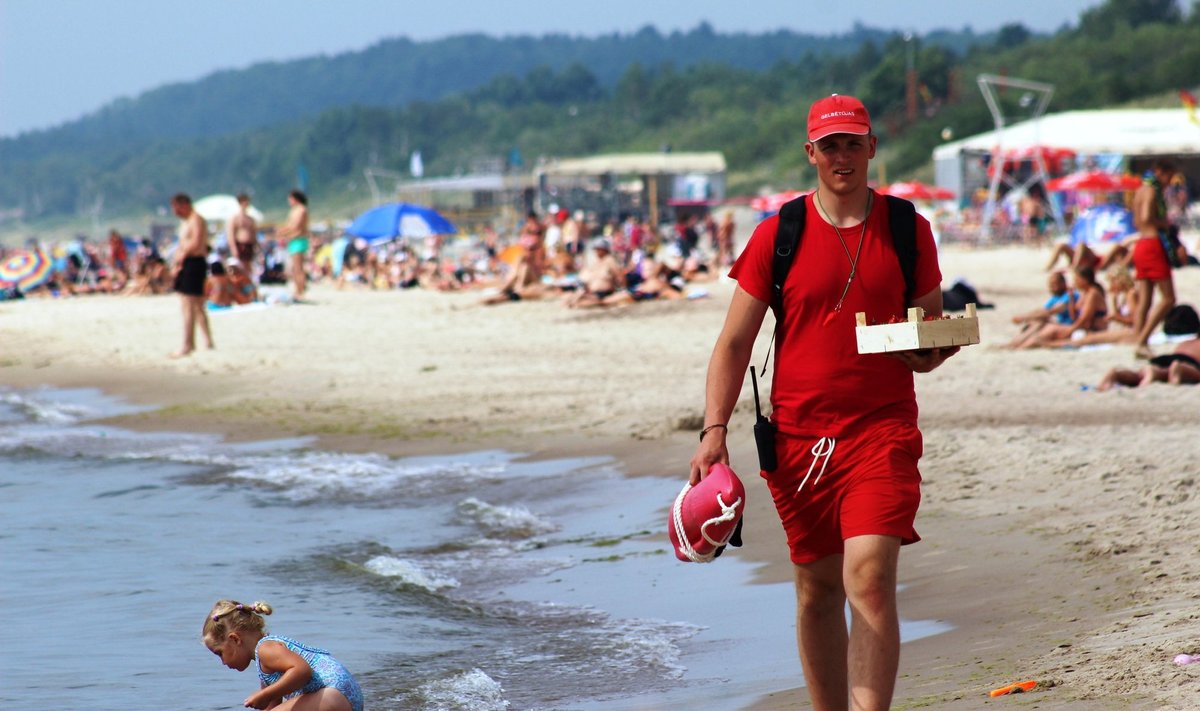Based on figures from the Lithuanian Hydrometeorological Service, the average annual temperature stood at 8.8 degrees centigrade last year and was up 1.9 degrees above the 1981-2010 average.
Before that, 2015 was the warmest year when the average annual temperature stood at 8.3 degrees, meaning that the 2019 results exceeded the previous record by 0.5 degrees.
"The change is huge. We have a very big difference from usual conditions and from previous records," Donatas Valiukas of the Hydrometeorological Service, told BNS on Thursday.
He paid attention to the fact that the TOP-5 of the warmest years in Lithuania was recorded in this century, from 2008 to 2019.
"Global climate change is the only reason. Such a tendency is reflected by the records of many tears," Valiukas said.
2019 was the warmest year over the whole period of almost 250 years (1778-2019) of weather observation.
Climate change in Lithuania is increasingly determined by more frequent and intense heatwaves as well as the changing nature of precipitation when periods of heavy rain are followed by dry periods, and squalls also happen more frequently.
More frequent weather contrasts also pose threat to people's health, and climate change also affects water pollution, causes more forest fires, and heatwaves affect the quality of roads and railways as well as impede construction work.
More and more demonstrations have been held all over the world in recent years to encourage politicians to step up their fight with climate change.
Lithuania and other EU member states have recently committed to building a climate-neutral economy by 2050.
